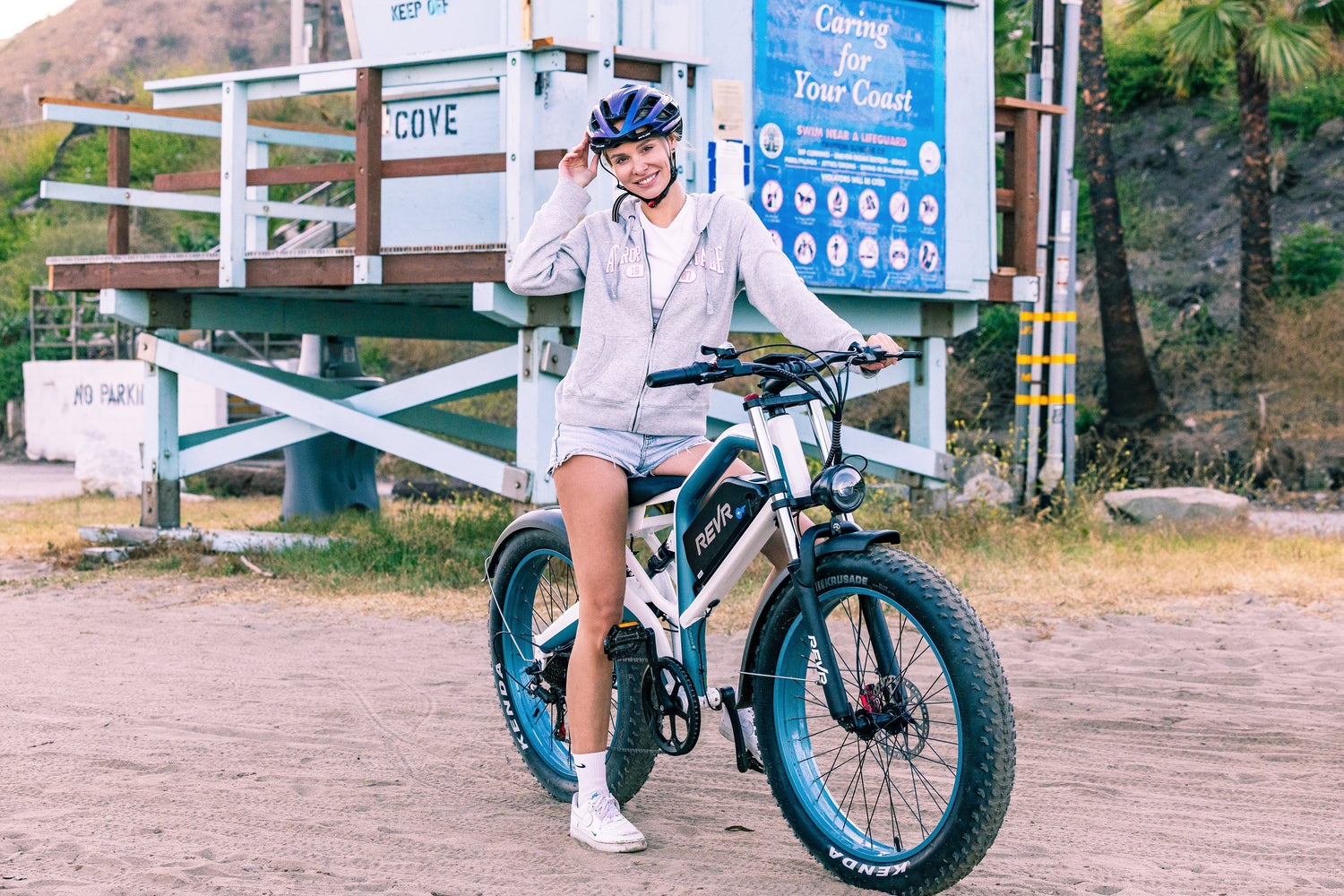
Navigating US Electric Bike Regulations and Ensuring Safety
E-BikeREVR
In recent years, electric bikes have woven themselves into the fabric of American life, from bustling city streets to quiet suburban lanes. As more riders embrace this efficient and eco-friendly mode of transport, understanding the rules that govern e-bikes and prioritizing safety become essential for a smooth ride.
State-by-State Regulations: A Guide to Local Rules
E-Bike Classes: Three Types for Every Need
Across the U.S., e-bikes are categorized into three classes, each tailored to different riding styles—think of them as tools designed for specific jobs.
- Class 1 e-bikes are the workhorses of everyday riding. They provide assistance only when you pedal, cutting out once you hit 20 mph. Perfect for commuting to the office, running errands, or leisurely rides through the park, they blend seamlessly into most bicycle-friendly spaces. In Alabama, these bikes (along with Class 2 models) must display clear labels indicating their class, maximum speed, and motor wattage, ensuring everyone on the road knows what to expect.
- Class 2 e-bikes offer a bit more convenience with a throttle that lets you ride without pedaling. Like Class 1, they top out at 20 mph, making them ideal for those moments when you want to coast—say, down a gentle hill after a long day. In Florida, you’ll find them sharing space with traditional bikes on city streets and beachside paths, following the same traffic rules to keep things orderly.
- Class 3 e-bikes are built for speed, assisting riders up to 28 mph as they pedal. Great for beating morning traffic, they come with extra safety measures in places like Alabama: riders must be 16 or older, and everyone on board must wear a helmet meeting strict safety standards. It’s a balance of efficiency and responsibility.
No License Required: E-Bikes for Everyone
One of the great things about e-bikes is their accessibility—most states, including Alabama and Florida, don’t require a driver’s license to ride one. This means teenagers can cruise to their part-time jobs, seniors can explore nearby trails, and anyone without a license can still enjoy the freedom of the open road.
Where to Ride: Paths, Streets, and Local Choices
E-bike access varies by location, with local governments often calling the shots on trails and paths.
- In Alabama, counties and cities can restrict Class 1 and 2 e-bikes on multi-use paths if safety or legal concerns arise. Class 3 e-bikes face stricter limits, with local authorities able to ban them from these paths without specific safety justifications. It’s a way to balance rider freedom with the needs of walkers, runners, and other path users.
- Florida gives cities and towns the power to set their own rules, from allowing e-bikes on sidewalks in busy areas to restricting them on crowded multi-use trails. Checking local signs before heading out—whether you’re riding near Miami’s waterfront or a quiet Orlando neighborhood—ensures you stay on the right side of the law.
Safety First: Riding Smart
Helmets: Your Best Defense
Wearing a helmet is non-negotiable, especially for Class 3 riders in Alabama where it’s required. Even in places without mandates, a helmet is your first line of defense. E-bikes reach higher speeds than traditional bikes, so a quality helmet—meeting standards from the U.S. Consumer Product Safety Commission or similar organizations—can mean the difference between a minor bump and a serious injury in a fall. It’s a small step that makes a big difference.
Obeying Traffic Rules: Sharing the Road
E-bike riders must follow the same traffic laws as cyclists and motorists. That means stopping at stop signs, signaling turns, and respecting speed limits. Rolling through a stop sign in a busy neighborhood or speeding on a crowded path isn’t just illegal—it puts you and others at risk. Treating the road with respect ensures everyone, from pedestrians to drivers, stays safe.
Regular Checks: Keep Your Bike in Top Shape
A quick pre-ride inspection can prevent headaches (and accidents) down the line:
- Brakes: Test them before you start—they should feel firm and responsive. With e-bikes’ higher speeds, reliable brakes are critical for stopping quickly, whether to avoid a jaywalker or a sudden obstacle.
- Tires: Check for proper inflation and tread. Under-inflated tires make handling tricky, while worn treads reduce grip, especially on wet roads.
- Battery and Charger: Ensure the battery is securely attached and fully charged. Faulty equipment can cause breakdowns or even hazards, so a quick once-over keeps your ride running smoothly.
Essential Safety Gear
Lights: See and Be Seen
Lights are a must for riding at dawn, dusk, or night. A bright front light cuts through darkness to spot potholes or debris, while a flashing red rear light ensures drivers behind you take notice. In low-light areas—like tree-lined suburban streets or unlit country roads—good lighting isn’t just helpful; it’s a safety necessity.
Reflective Gear: Stand Out in Any Light
Reflective vests, armbands, or strips on your bike boost visibility, especially in dim conditions. These simple accessories bounce back car headlights, making you easy to spot even when the sun dips below the horizon. Whether you’re riding through a busy downtown or a quiet residential area, being visible is key to avoiding collisions.
E-bikes offer a world of convenience and adventure, but enjoying them fully means respecting the rules and prioritizing safety. By understanding local regulations, gearing up properly, and riding responsibly, you can make every trip—whether to the grocery store or a weekend trail—a safe and enjoyable one. After all, the best rides are the ones that get you where you’re going, and back home again, with a smile.
REVR Electric Bikes wishes you a happy ride! 🚴
